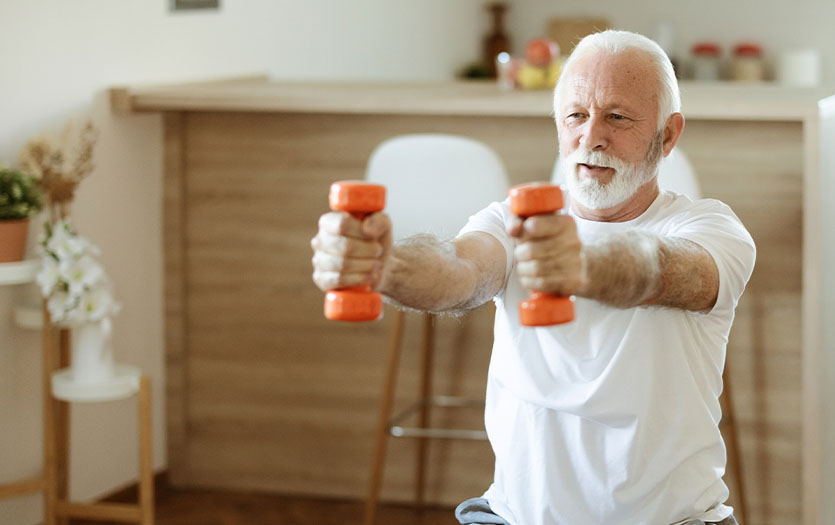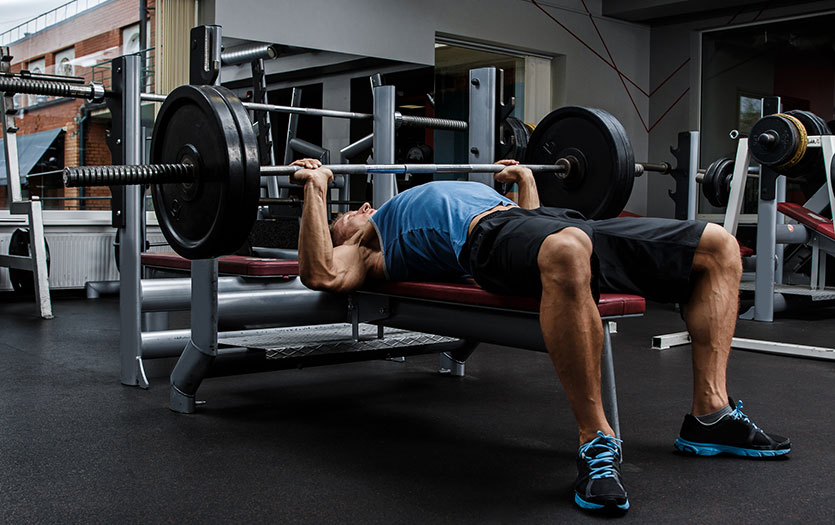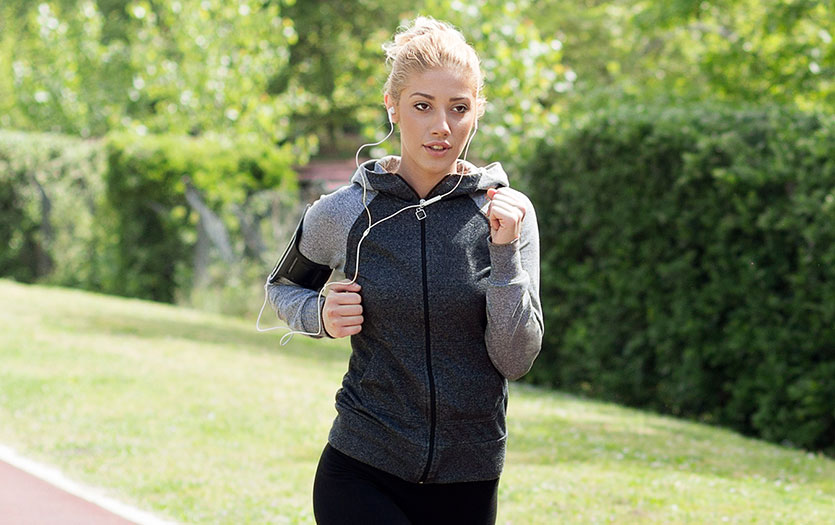
This post was written based on a presentation by Scott Charland, MA, CSCS, SCCC, manager, Human Performance, Parkview Sports Medicine.
While we know that exercise isn’t a get out of jail free card for avoiding obesity, we do know that an absence of movement is a major risk factor for many diseases and health complications. Exercise is the number one thing you can do to improve your well-being, across a range of categories. If it came in a pill, we’d all take it! But for many, the simple act of getting started is overwhelming. Let’s look at how simple it can be.
Defining physical fitness
When we talk about fitness, we’re looking at five basic characterizations:
- Cardiorespiratory endurance – The ability of the heart, lungs and blood vessels to process and transport the oxygen required to the muscles so they can contract over a period of time. We see this with walking, running, biking and other activities that leave you out of breath.
- Muscular strength – The ability of skeletal muscles to contract to a maximal level. This is what you use picking up or moving something heavy.
- Muscular endurance – The ability of your skeletal muscles to contract over a period of time. You use this when shoveling snow, or doing a repetitive motion that engages the muscles.
- Flexibility – The ability of the joints to function through a full range of motion. This is something most of us lose as we age, so we have to work at it.
- Body composition – The makeup of the human body (muscle, bone, fat, water, minerals). Of particular interest to physical fitness is the percentages of fat and fat-free mass.
Exercise recommendations
While many think beneficial movement requires a major time commitment, it isn’t as significant as you might imagine. When we measure exercise, we’re looking at:
- Frequency – Number of times per week a person should exercise.
- Intensity – How hard your body is working during a physical activity.
- Time – Duration of your physical activity session.
- Type – Mode of training.
Recommendations can vary, depending on your personal circumstances, so it’s always best to discuss your exercise regimen with your primary care provider, but generally speaking, the recommendations for most individuals are:
Cardiorespiratory endurance
Frequency: 3-5 times per week
Intensity: 50-90% of your maximum heart rate (220 - age)
Time: 20-60 minutes
Type: walking, jogging, cycling, swimming, rowing, exercise classes, elliptical, stair stepping, active sports, etc.
Your cardio can be divided up into 10-minute segments. Depending on where you live, maybe you walk around the block three times a day. The trick is to find something you can do that keeps your heart rate up for a sustained period of time.
Muscular strength and endurance
Frequency: 2-3 times per week
Intensity: 8-12 repetitions per muscle group
Time: 30-45 minutes
Type: exercise machines, free weights
For those 65 years and older, the mortality rate in the year following a fall is 33%. The more you can strengthen your muscles, the less likely you are to take a tumble and put yourself in a vulnerable situation.
When it comes to strength movements, keep it simple. If you can’t lift weights, don’t worry. Just aim for your best. Here is an example of what that might look like:
Good – Standing is better than sitting. Try to stand as often as you can throughout your day. Maybe that’s during commercial breaks while you’re watching a show, or, better yet, during the show and then you allow yourself to sit during the commercials.
Better – Stand up from a seated position, 20 times, twice a day.
Best – Lie down on the floor, get yourself up to stand, 10-20 times, twice a day.
Flexibility
Frequency: at least 2 days per week
Intensity: Stretch to mild discomfort
Time: 10-30 seconds with all major muscle groups
Type: Static
Working on flexibility improves your mobility and balance, which can be helpful when you stumble. Fall prevention is key to reducing the risk for serious injury as you age.
Again, keep it easy and don’t get intimidated. Bend over and reach for your toes, put your arms overhead and stretch to each side. When in doubt, for all movements, use the internet to find simple at-home routines and suggestions.
Do it for yourself
Unfortunately, these days, the odds aren’t naturally in our favor. Our world is designed around automation. We have become accustomed to things being easier and available at the push of a button. The price for convenience is the consequence of becoming overweight, inactive and unhealthy.
You have to be intentional with your movement. It doesn’t have to be complicated or overly intense. Just find something you enjoy or can do most days and get moving! There is no right or wrong here. If you like tracking steps, set goals to slightly increase the amount you take each week. If you’re curious about weights, seek out a helpful resource, or start with soup cans. Don’t overthink it–just begin. Adding in exercise is the best way to not only prolong the years of your life, but also the life in your years.



